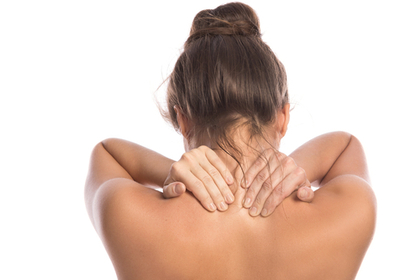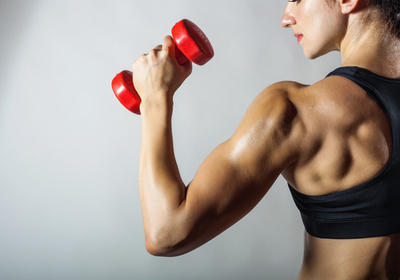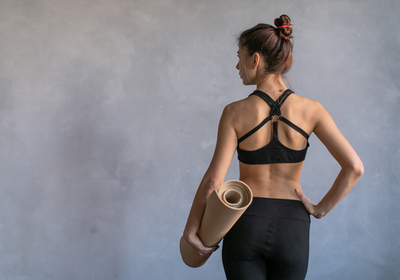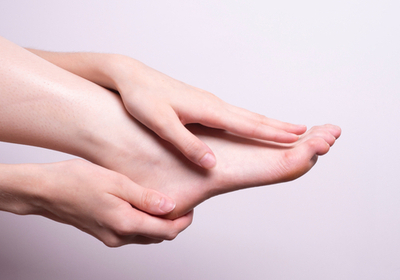
Trapezius muscles are often underestimated, and many people don’t pay much attention to them while working out. However, it is a huge mistake because these muscles are extremely important for the right posture as well as back health. So in this article, we’ll talk about trapezius muscles and how to develop them.
Why Do I Need to Work on Trapezius Muscles?
The trapezius is a part of the upper back which helps us to maintain the right posture. The muscle group consists of three different parts, which are top, medium, and bottom. Together with the muscles of the neck, the trapezius is responsible for the right posture. The upper part of this muscle is responsible for the rise of the shoulder as well as the ability to lift arms. The lower one - is for lowering shoulders and arms. At the same time, the middle one is needed for blade movement. As you can see, this muscle group is responsible for many basic functions, which is why developing the trapezius muscles is extremely important for everyone, especially for those people who have some problems with their posture.
How Often Should I Do Trapezius Workouts?
Ideally, you have to include at least 2-3 trapezius exercises in each workout session. At the same time, you have to work out 3 times a week. In some cases, it’s better to have 4 training sessions per week. In case you have some issues with your posture and you cannot keep your back straight because your spine muscles (especially trapezius) are weak, we recommend doing at least a few exercises for trapezius muscles every day.
Who Needs Trapezius Exercises the Most?
Of course, everybody needs to straighten their trapezius muscles, but, obviously, some people need it more than others. So who are those people? Well, here is a short list of those you must pay more attention to their trapezius muscles:
Office workers who work long hours at the desk
People who have posture problems and struggle to keep their back straight
Athletes and fitness enthusiasts who lift heavy weights
Boxers, volleyballers, basketballers, and other sportsmen who actively involve their arms in their sports activity
Dancers and gymnasts who need strong and developed back muscles
Do you belong to any of these groups? Then you better start working on your trapezius muscles now.
Best Workouts for Trapezius
Last but not least, we would like to recommend you some trapezius workouts, so here they come:
Shrug
Deadlift
Shoulder blade squeeze
Barbell row
Upright row
Reverse dumbbell flyes
Chin-up
Pull-up
Push-up
Lat-pulldown
Rear delt cable raise
High pulley cable row
Overhead farmer's walk
Y raise
Rope rear delt pull
Wrapping Up
Trapezius muscles are super important for your back health, so no matter what your occupation is or how often you work out, you still need to find at least a few minutes for some exercises for the trapezius.
Read more





